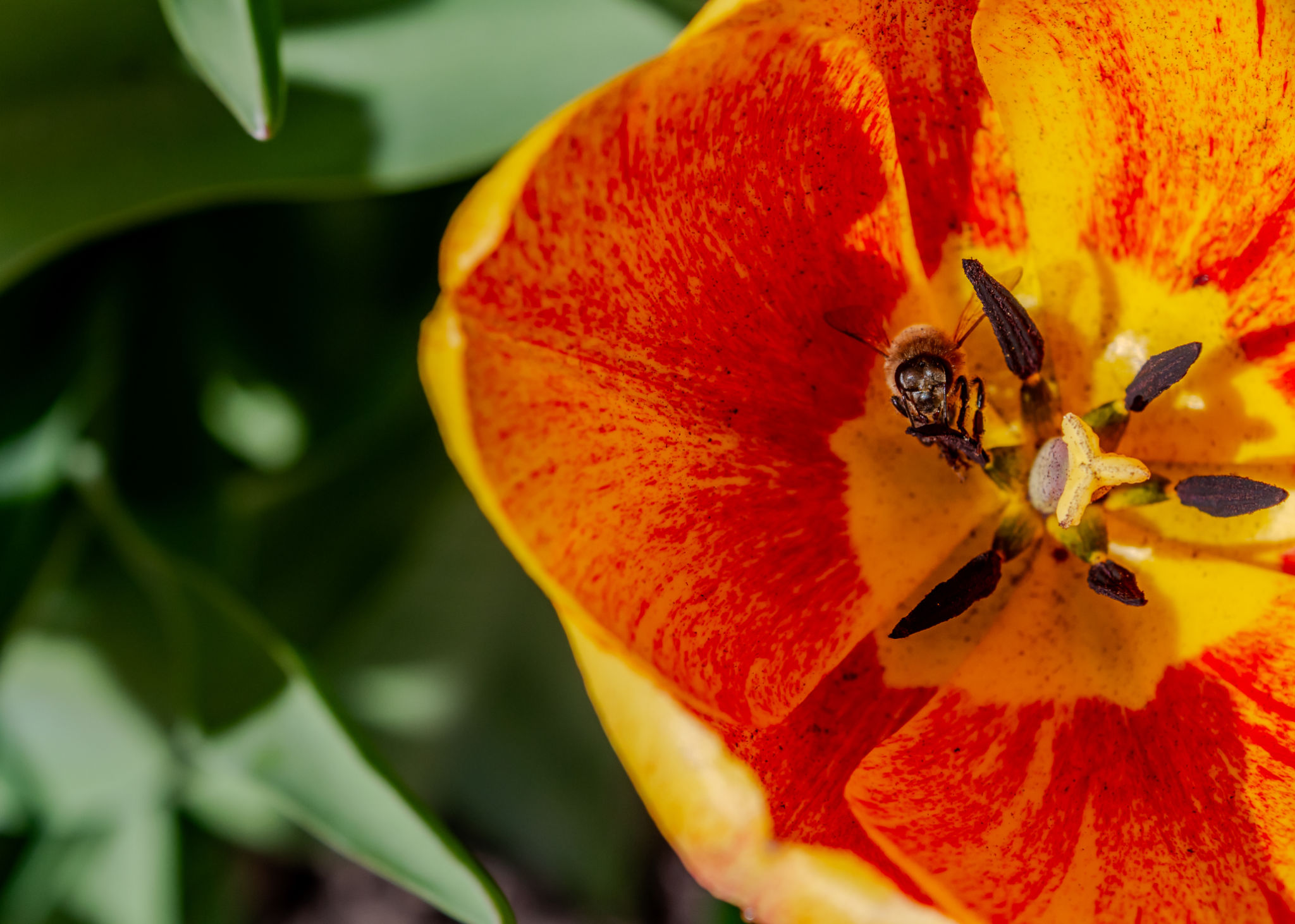Seasonal Wildlife: What to Expect at Different Times of the Year at Nature’s Rest
Spring Awakening
As the chill of winter fades and the landscape begins to awaken, Nature’s Rest transforms into a vibrant tapestry of life. Spring is a time of renewal, where flowers bloom and wildlife emerges from their winter slumber. Visitors can expect to see a variety of bird species returning from their migratory journeys, filling the air with songs and vivid colors.
Amphibians and reptiles also become more active, with frogs and toads emerging from their winter hiding spots to breed in the park’s ponds and streams. The sight of colorful wildflowers carpeting the meadows provides a picturesque backdrop for these natural spectacles.

Mammal Activity
Many mammals give birth during the spring, making it an excellent time for wildlife watchers. Deer fawns and playful fox kits can often be spotted in the early mornings or late afternoons. These young animals are learning to navigate their surroundings, offering delightful moments for visitors with cameras.
Summer Abundance
With the arrival of summer, Nature’s Rest is at its most lush and lively. The warm weather invites an abundance of insects, which in turn attracts insectivorous birds and bats. This season is also a fantastic time to observe butterflies and bees busy pollinating the diverse array of flora.

Fish are particularly active in the park’s streams and lakes during summer. Anglers can often be seen trying their luck, while herons and kingfishers patrol the water’s edge in search of a meal.
Nocturnal Wonders
Summer nights bring a unique opportunity to experience the park's nocturnal wildlife. Owls become more vocal as they establish territory and hunt for prey. Meanwhile, the soothing chorus of crickets and frogs fills the warm night air, creating a mesmerizing soundscape for evening strollers.
Autumn Transitions
The arrival of autumn signals a time of transition at Nature’s Rest. The foliage transforms into a stunning array of reds, oranges, and yellows, providing a breathtaking backdrop for wildlife observations. This season is marked by preparation, as many animals begin storing food for the winter months ahead.

Migratory birds pass through the park on their way to warmer climates, offering birdwatchers an excellent opportunity to spot species not commonly seen during other times of the year.
Mammals Preparing for Winter
As temperatures begin to drop, mammals such as squirrels and chipmunks become more active in their quest to gather and store food. Observing these creatures darting about with acorns or nuts in tow is a common sight. Deer also start growing thicker coats to prepare for the coming winter.
Winter Serenity
Winter brings a serene beauty to Nature’s Rest as snow blankets the landscape, transforming it into a peaceful wonderland. While many animals enter hibernation or migrate, those that remain are well-adapted to the cold conditions.

Tracks in the snow reveal the presence of elusive animals such as foxes and rabbits, while hardy bird species like cardinals and woodpeckers add splashes of color to the otherwise monochromatic scenery.
Adaptations for Survival
The wildlife that remains active during winter has developed fascinating adaptations to survive. From thick fur to specialized feeding habits, each species has its unique strategy. Observing these resilient creatures offers a profound appreciation for nature's ingenuity.